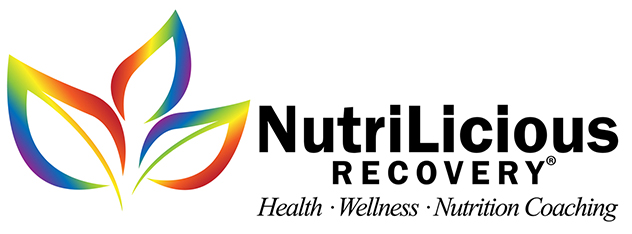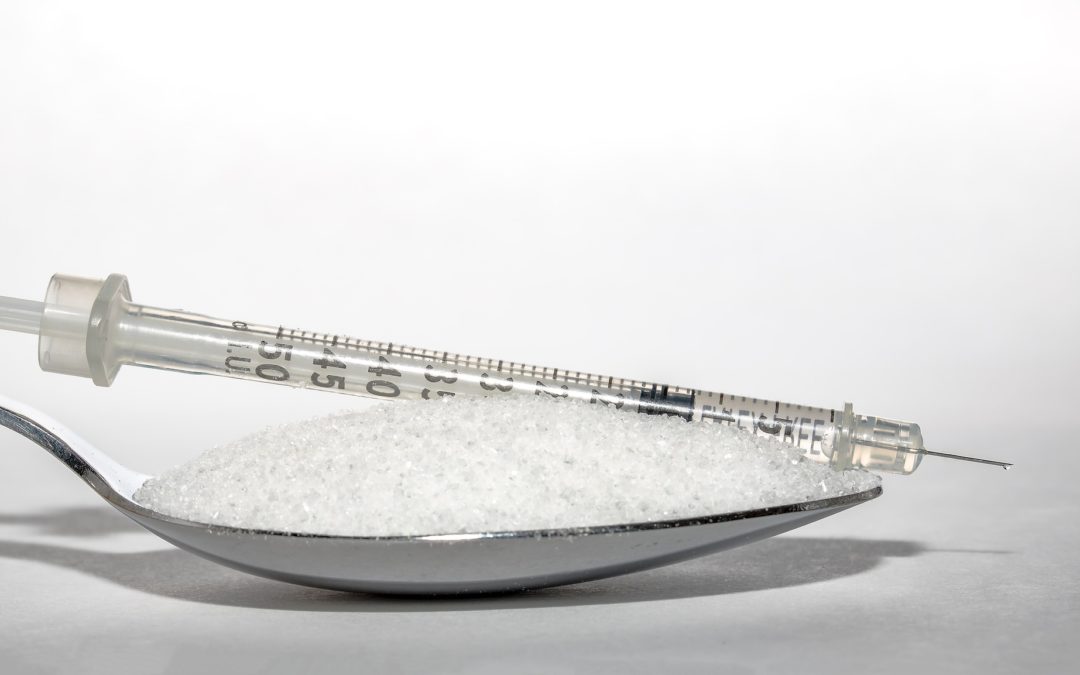
by dnshah | Aug 9, 2018 | Diet and Weight Loss, Health and Wellness Tips, Obesity, Stress Management
Have you ever heard the expression, “Lose weight like your life depends on it…”? That mantra might be truer than we know for those with type 2 diabetes (T2D). Recently a clinical trial showed that nearly half of individuals with type 2 diabetes achieved remission to a non-diabetic state after a weight-loss intervention (within six years of diagnosis). Now a new study1 reveals that this successful response to weight loss is associated with the early and sustained improvement in the functioning of pancreatic beta cells.
Diabetes affects approximately 422 million people worldwide2. Approximately 90% of cases are type 2 diabetes, a condition in which the body does not produce enough or respond properly to insulin, which is produced by pancreatic beta cells. Insulin helps sugar (“glucose”) in the blood enter cells and be used for energy. Type 2 diabetes has long been considered a lifelong condition that worsens over time. This finding challenges this previous paradigm that beta-cell function is irreversibly lost in patients with T2D.
Currently this diagnosis carries a protocol of pharmacotherapy and lifestyle changes. But the data published August, 2018 could change this. According to one of the study authors, Roy Taylor – Newcastle University, “…Our data suggest that substantial weight loss at the time of diagnosis is appropriate to rescue the beta cells.” He said this knowledge of reversibility of T2D will provide a major focus for cell biologists to make specific advances.
The findings suggest that weight loss normalizes fat metabolism in T2D individuals, but there are time limits for the weight loss and weight maintenance. More studies are now underway, but there is now new hope to reversing T2D with a successful weight loss intervention. When a weight loss journey can make all the difference in your quality of life, make sure you hire support to increase your odds of success – contact a personal trainer, nutritionist, dietician, or nutritional therapist.
References
- Roy Taylor, Ahmad Al-Mrabeh, Sviatlana Zhyzhneuskaya, Carl Peters, Alison C. Barnes, Benjamin S. Aribisala, Kieren G. Hollingsworth, John C. Mathers, Naveed Sattar, Michael E.J. Lean. Remission of Human Type 2 Diabetes Requires Decrease in Liver and Pancreas Fat Content but Is Dependent upon Capacity for β Cell Recovery. Cell Metabolism, 2018; DOI: 1016/j.cmet.2018.07.003
- World Health Organization
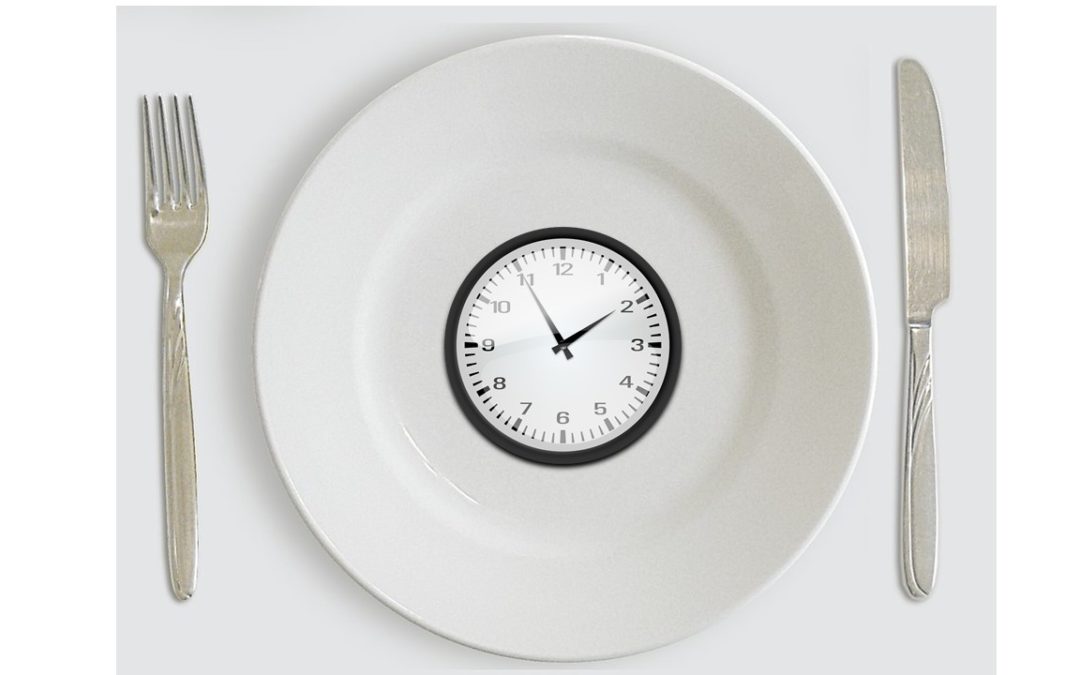
by dnshah | Aug 2, 2018 | Age Defying, Diet and Weight Loss, Health and Wellness Tips, Obesity, Stress Management
Why would people, purposefully, starve themselves and deny their body nourishment? For thousands of years, fasting (no food) has been practiced by the majority of the world (religiously or culturally) for a specified amount of time – perhaps it is eating only when the sun is down for a month, or no food for several days on end (really).
But recently there are scientific studies spotlighting the health benefits of a fast, and it has a following of those that have realized the many benefits. Here are some great facts about fasting if you are new to this concept.
If you occasionally suffer from abdominal pain or GI Issues (gas, bloating, diarrhea, constipation), chances are something is damaging your intestinal lining. What that could be is a whole other discussion you should be having with your health care provider. But let’s address the damage that is there… in your intestinal lining.
I have personally suffered through eating when that lining is not functioning, and it can lead to a whole host of problems. The best solution is to refrain from eating…. But how long? And if we are starving ourselves, what happens to our energy levels? If we starve ourselves, what happens to our microscopic “friends” – our gut bacteria that depend upon us to live?
The truth is that by doing a 24 hour fast (no food – just clear liquids), there are many benefits:
- Avoid pain from trying to eat
- Avoid “leaky gut” syndrome which can occur with a weakened intestinal barrier (and only if you are genetically susceptible)
- Gut stem cells have time to regenerate this lining, and an energy boost to repair it FASTER
- Your metabolism switches to burning fat (vs. carbs)
- Energy levels go up (not down), and possibly brain power could be increased (it is for me)
- Bacterial diversity increases in our microbiome
- Lowers chronic inflammation
But HOW is one able to starve for that long? The truth is when our metabolism switches to burning fat, we aren’t starving anymore. It is just a short time beginning at your next usual meal time to several hours after that you have to manage. After your body’s change in metabolism, you will not be starving. Many people cite that they have no brain fog, no pain from GI-related issues, and a burst of energy.
If you are still skeptical, there is only one way to find out! Remember to talk to your doctor before changing any dietary habits, and that includes fasting. I attempt a 24 hour fast almost every week – on Mondays. When it is scheduled like that, it is easier for planning purposes. Good luck and I look forward to hearing about your Trial Fast!
Resources
https://www.ncbi.nlm.nih.gov/pubmed/29727683; May, 2018; Fasting Activates Fatty Acid Oxidation to Enhance Intestinal Stem Cell Function during Homeostasis and Aging
https://www.ncbi.nlm.nih.gov/pubmed/29874567; June, 2018; Intermittent Fasting Confers Protection in CNS Autoimmunity by Altering the Gut Microbiota
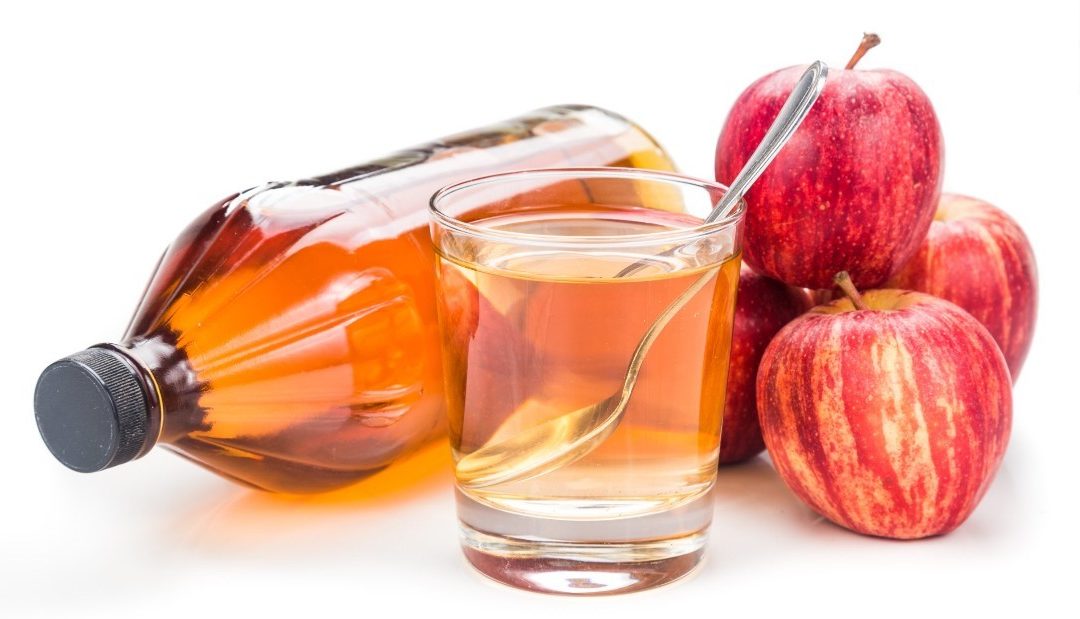
by dnshah | Jul 8, 2018 | Age Defying, Diet and Weight Loss, Health and Wellness Tips, Obesity, Stress Management
Please note that before anyone changes their diet that they should speak to their doctor about their health goals and their desire to use ACV to reach them.
Losing weight is a cumulative process involving one’s dietary consumption, lifestyle, fitness/activity levels, stress, sleep, and digestion. The point being that just adding ACV into one’s diet does not imply one will automatically lose weight. That said, there is a 2017 study involving rats showing that ACV attenuates oxidative stress and reduces the risk of obesity. No word on how this impacts humans, but I believe ACV could help humans similarly as long as there is a moderation of food and ample movement, sleep, and intent to lose weight. The ACV dosage for weight loss is 2 teaspoons diluted in 16 ounces of water daily. Food should be combined with a protein (at every meal) for the metabolism boost needed to change the way the body processes food. A sensible weight loss diet consists of adequate protein, carbohydrates, and healthy fats. To understand how much is recommended daily, one should seek the support of a nutritional therapist or dietician.
One should NOT combine ACV with foods with baking soda. Mixing vinegar and baking soda can cause an acid-base reaction creating carbon dioxide inside the body.
ACV can prove to aid in weight loss when combined with a SENSIBLE nutritious diet, moderate exercise, and adequate sleep. For many people it work as a natural appetite suppressant allowing one to reduce their appetite and shrink their stomach. Again it is one factor in weight loss – and there are many others (quantity of food, stress, sleep, activity, etc.).
Aside from dietary reasons, ACV is used for a number of health/cleaning/detox goals, and the dosage varies for each goal. For ramping up the antimicrobial capacity to best manage candida albicans (yeast that causes infections in the mouth, intestinal tract, and/or vagina), the dilution would be 1:2 ACV. The dilution would be 1:50 to inhibit the growth of E-coli. Of course many people use ACV diluted in equal parts for gargling to relieve sore throat or bad breath. Those suffering from acid reflux have experimented with ACV to help the root cause of their reflux. For those that have reflux due to insufficient acid, the ACV helps balance out their acids. The dose for that is 1 teaspoon of ACV followed by a glass of water. Daily ingestion may fight off sinus infections by cleaning the lymphatic system.
In fact there is also an “Apple Cider Vinegar Detox” where one wants to clean the lymphatic and digestive systems. It involves ingesting ACV 3 times a day diluted in water (as a tea)
Some get a benefit from ACV by topically applying it… for relief of itching of bug bites, or on the skin directly, or rinsing their hair with it after a shampoo. It can also help with teeth stains by rubbing it into the stain on the tooth and then rinsing well with water.
Aside from consumption and topical use of ACV, it is a great cleaning agent combined with water. And this cleaner is highly recommended with little ones running about during the cleaning. Because if they come into contact with the cleaning solution, there is little negative effect even if swallowed for most.
That said, ACV is not for everyone; some are particularly sensitive to it (those sensitive to apples cannot partake). Regular consumption of ACV may cause tooth enamel erosion, so it is wise to use a straw or rinse the mouth after consuming it. It could interact with medication (including diuretics and insulin) so talk to your doctor if you are on prescription medications before using ACV. And finally ACV is acidic in nature so it could irritate the throat and stomach, especially if taken on an empty stomach. Dilution is key to avoid this irritation so drink plenty of water if irritation occurs.
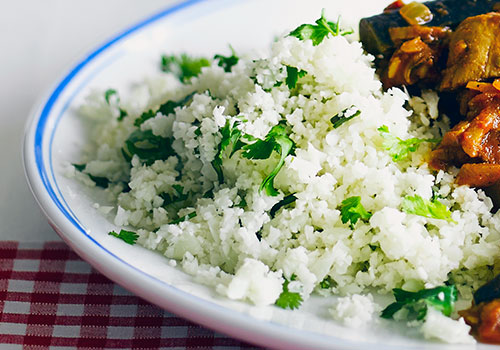
by dnshah | Mar 8, 2018 | Age Defying, Diet and Weight Loss, Health and Wellness Tips, Main Dishes, Obesity, Recipes
I have tried cauliflower “rice” with other curries and I really didn’t notice too much of a difference in taste. If you are a rice fanatic and you need your rice daily, you will definitely notice a difference – but consider swapping it out occasionally for nutritious variety and gain. And if you don’t eat it every day, and can add more flavor and taste with side dishes, I think it is a phenomenal swap! Here’s the nutritional breakdown
| 100g of each |
|
|
|
|
|
|
|
|
|
Fiber |
Calories |
Protein |
Carbs |
Sugars |
Fat |
Vitamins |
Minerals |
| Cauliflower |
3 |
25 |
2 |
5 |
2 |
0.4 |
C,B-6,Folate |
K,Mn |
| White Rice |
0.4 |
130 |
2.7 |
28.2 |
0.1 |
0.3 |
Folate, Thiamin, Niacin, B-6 |
Mn, Se, Fe |
| Brown Rice |
3.4 |
362 |
7.5 |
76.2 |
1.1 |
2.7 |
B-6,Folate, Niacin |
Cu, Mg, Mn, P, Zn |
|
|
|
|
|
|
|
|
|
|
So choosing cauliflower over white rice helps us because our bodies need more fiber, and cauliflower packs more than 7x what white rice gives us. Most of us would rather spend our calories elsewhere than rice or cauliflower, and cauliflower is 5x less calories – for the same 100 gram comparison. Cauliflower is 5x lower in carbs. It provides some natural sugar – which is okay, and it provides some vitamin C and potassium which is needed for our immune systems daily.
Other fringe benefits include faster prep time because it is actually faster to food process and oven roast cauliflower than to boil long-grain white rice. Cauliflower is part of the cruciferous family of vegetables touted for their anti-cancer properties. Other health benefits for cauliflower over white rice include collagen production, good blood clotting, blood pressure regulation, bone health, and a metabolism boost!
So overall this particular swap is a great one!
Why would someone not want to choose cauliflower over rice? If you have a food sensitivity to cauliflower, you’re better off switching between white and brown rice! If you have thyroid issues, you have to watch overeating of goitrogenous vegetables, like those in the cruciferous family. If the cauliflower is cooked, it should not pose a health issue.
To make cauliflower rice, simply process the cauliflower (food processor) until it is rice-sized. Then boil in stock or saute with other flavors for 2 minutes. Voila! you have a cauliflower rice.
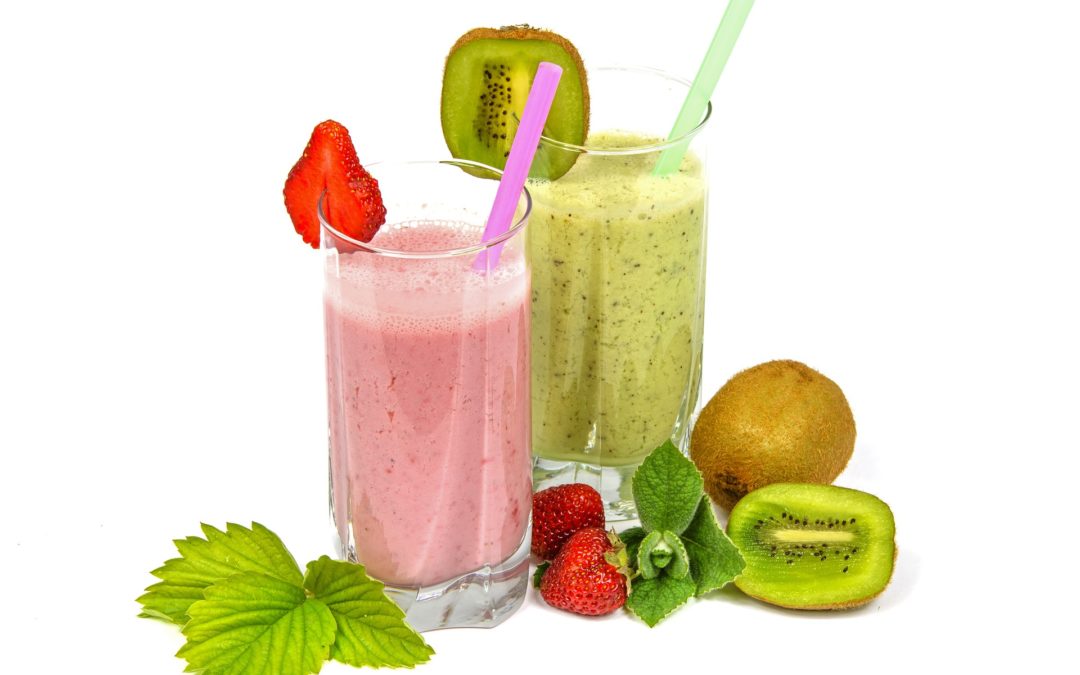
by dnshah | Mar 8, 2018 | Age Defying, Diet and Weight Loss, Health and Wellness Tips, Obesity, Stress Management
One of the things that most of my clients love to incorporate is a nutrient dense breakfast protein smoothie. How healthy are protein shakes?
They are only as healthy as the ingredients that go into them! So if we’re talking buying a bottle from the store – chances are taste becomes more important than health. When a brand wants to sell their product, they have to ensure people understand it, can afford it, like it, and will buy it. And then the focus is on repeat business (taste). I have not found any ready-made protein smoothies that are NOT full of sugars and additives. It’s the nature of the business.
For this reason, I advocate for MAKING homemade protein smoothies. This means that you have to invest in some protein powder varieties (whey protein, pea protein, soy protein, etc.), and some fruits/vegetables that blend well together. In addition the protein smoothie is an excellent carrier for other superfoods (nuts, seeds, fiber, spices, fats, omega-3s, herbs) that add to the taste as well as the nourishment.
What are the benefits of the concept of protein smoothies? When incorporated on a daily or almost daily basis, they provide a convenient (could be packed to-go in the early mornings) medium of consuming a nutrient rick breakfast every day. Most of us don’t have a lot of extra time in the mornings, and many of us are on the go. The idea of blending some healthy foods together into a shake and drinking it becomes one that many people are willing to try. Once they realize it satisfies them, is easy to make, easy to digest, hydrates them, is versatile, has endless varieties depending on various ingredient combinations, prevents the munchies later, and empowers some weight loss in a comfortable way – many of clients are on-board to do it long term. And I didn’t even mention that it becomes very easy to add superfood key ingredients (turmeric, psyllium husk, flax seeds, etc) so that that decadent protein smoothie becomes an immune booster, and a natural detoxifier.
What are examples of the “better” ones? The “better” ones are homemade, have no added refined sugar, and have no dairy. They are based in water and have 30-40% fruits, 40-50% vegetables, and the remainder is filled with protein and superfood toppings. Ideally you drink a different flavored/colored smoothie every day/week so the body gets a chance to get the various nutrition it needs in a week.
What are the drawbacks? It takes some time to buy and prepare the foods you would want to use in the quick morning smoothie blends. But I find that once/week or once/month, you can buy, wash, cut, and pack individual ziplocs of the smoothie ingredients and then FREEZE them. This way in the morning, you just grab a bag – add protein, seeds, nuts, husk, and blend. Voila – you’re done!
Do they help with building muscles? The different qualities of each protein would help in different ways – but generally speaking increasing your protein intake would help to repair muscles during a process of building or recovery. This means a protein smoothie is useful BEFORE or AFTER a workout. Is there a healthier alternative? The only way to get the benefits discussed are to ingest real foods. It may take a while to actually eat all of these things during the day – and you have to find the time to prep and eat them; or come up with a system that you quickly blend these amazing foods and drink them to jump start your day. My husband and I can vouch for our mornings being complete with our smoothies. Additionally I talk about protein smoothies in my TedX Talk too. They are a means of great power, energy, and recovery.
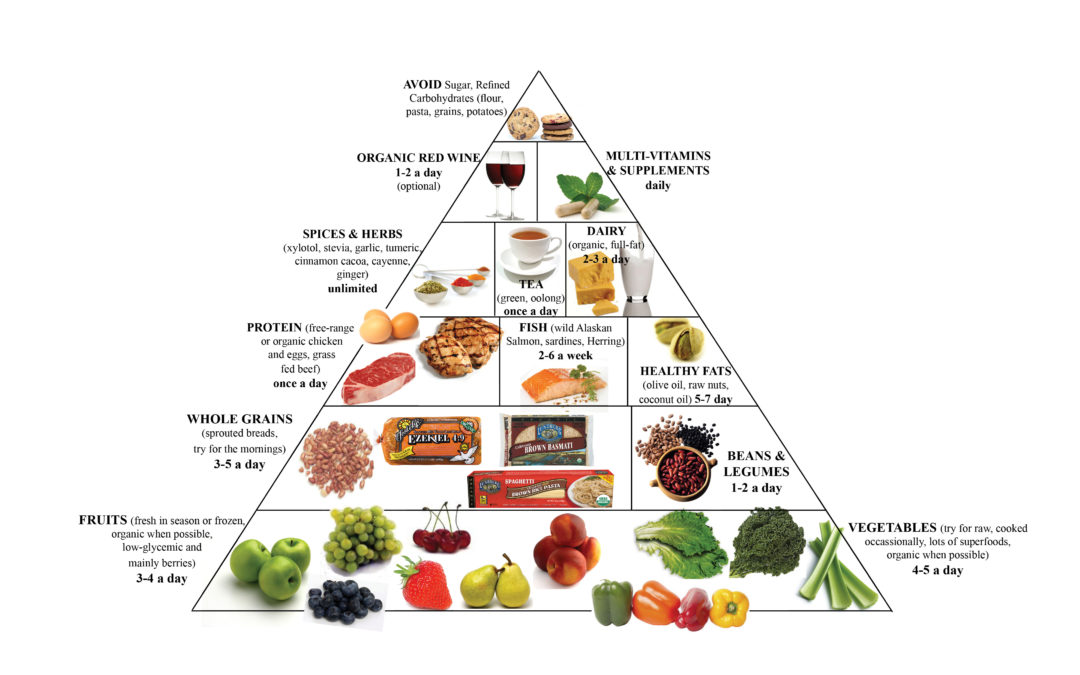
by dnshah | Mar 8, 2018 | Diet and Weight Loss, Health and Wellness Tips, Obesity
In the 1970s the old food pyramid had the simple code 4432, which defined the 4 main food groups and how many daily servings you should have. It translated into 4 servings of Fruits/Vegetables, 4 servings of Grains, 3 servings of Milk/Dairy, and 2 servings of Meats. The food pyramid has continued to evolve since then. Today’s food pyramids vary. The one I like the most is from a health coaching site that is about more than nutrition – it’s also about anti-inflammation. We now know that chronic inflammation spells out illness in the long run, so as long as we distance ourselves from it, we will ensure good health. Today’s food pyramid encompasses a dozen food groups too. It calls for 4-5 daily servings of vegetables, 3-4 daily servings of fruits, 3-5 daily servings of whole grains, 1-2 daily servings of beans or legumes, 5-7 daily servings of healthy fats, 1 daily servings of meats, 2-6 servings of fish, 1 daily cup of tea, 2-3 servings of dairy, and no more than 2 glasses of red wine per day. There are also suggestions to add in healthy herbs and spices as desired. Our pyramid is abundant with tastes, textures, and colors which means a variety of antioxidant opportunity. For assistance on how to get all the nutrition you need from your daily meals, consider getting a single consult and having a weekly meal plan customized for your lifestyle. Make an appointment today!

